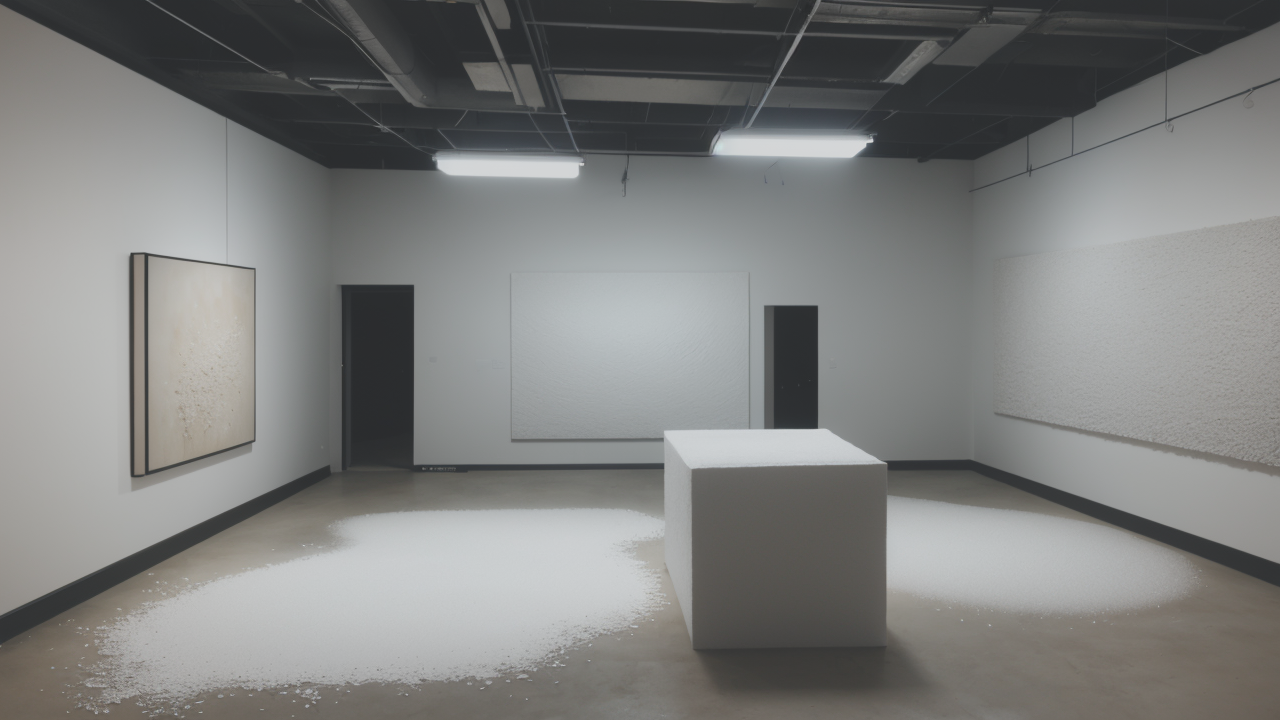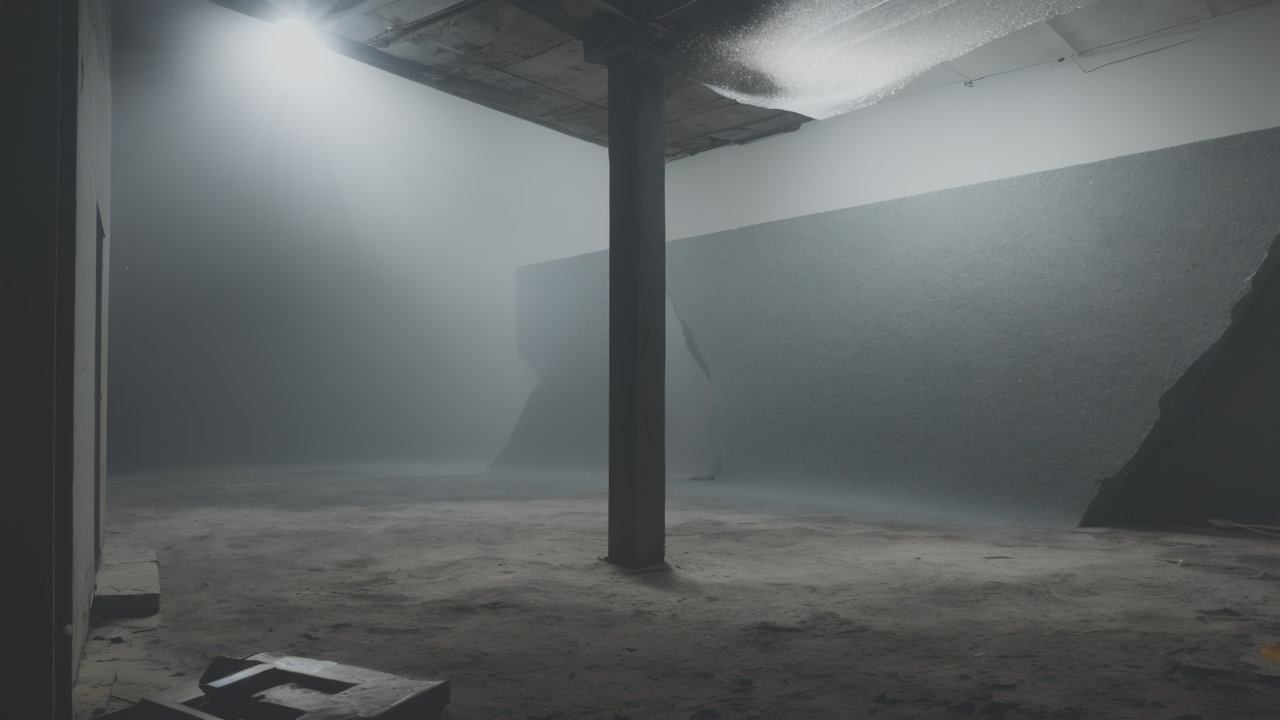
Texture Revolution: How Plaster is Transforming Contemporary Art Practices
The Resurgence of Plaster in Modern Sculpture
Historical Context: Plaster Through the Decades
Plaster has been a staple in art for centuries. It's been used in ancient Egypt, Greece, and Rome. In the Renaissance, artists used it for casting sculptures. The 20th century saw a decline in its use. Modern artists favored new materials like plastics and metals. However, plaster is making a comeback in contemporary art. Its versatility and unique texture are drawing artists back. Today, plaster is seen in galleries and museums worldwide. It's no longer just a casting material. Artists are using it as a primary medium for expression.

Case Studies: Artists Innovating with Plaster
Many artists are pushing the boundaries of plaster art. Rachel Whiteread uses plaster to cast negative spaces. Her works challenge our perception of everyday objects. Anish Kapoor creates huge, smooth plaster forms. These sculptures play with light and space in surprising ways. Aron Demetz combines plaster with wood to create haunting figures. These artists show the range of what's possible with plaster. They're inspiring a new generation of sculptors. Their work proves that plaster is far from outdated. It's a medium ripe for innovation and experimentation.
The Evolution of Sculptural Techniques with Plaster
Plaster techniques have come a long way. Traditional methods like casting are still used. But artists are developing new approaches too. Some are mixing plaster with other materials. This creates unique textures and strengths. Others are using 3D printing to create plaster molds. This allows for complex shapes that were once impossible. Carving techniques have also evolved. Artists use power tools to shape plaster in new ways. These advancements are expanding what's possible with plaster. They're opening up new avenues for artistic expression. The result is a fresh take on an age-old material.
Advantages of Using Plaster in Art Installations
Cost-Effectiveness and Accessibility
Plaster is an attractive option for many artists due to its affordability. It's much cheaper than materials like bronze or marble. This makes it ideal for large-scale projects. Artists can experiment freely without breaking the bank. Plaster is also easy to find. It's available at most art supply stores. Even hardware stores carry it. This accessibility means artists can work spontaneously. They don't need to wait for special orders. The low cost also benefits art institutions. They can display more experimental works without high material costs.

Versatility and Variety in Texture and Color
One of plaster's biggest strengths is its versatility. It can be smooth as glass or rough as sandpaper. Artists can mold it, carve it, or build it up in layers. Each technique creates a different texture. Plaster also takes color well. It can be painted, stained, or mixed with pigments. This allows for a wide range of visual effects. Some artists leave it white for a classic look. Others create vibrant, colorful pieces. The material can mimic other substances too. It can look like stone, wood, or even fabric. This flexibility gives artists endless creative possibilities.
Sustainability: Why Plaster is a Popular Choice
Plaster is gaining popularity as a sustainable art material. It's made from natural minerals. This means it has a lower environmental impact than many synthetic materials. Plaster is also recyclable. Old pieces can be ground up and reused. This reduces waste in art production. The material doesn't release harmful fumes. This makes it safer for artists and viewers alike. Many eco-conscious artists are turning to plaster. It allows them to create while minimizing their environmental footprint. As sustainability becomes more important, plaster's appeal is likely to grow.
Challenges and Considerations When Using Plaster
The Delicate Nature of Plaster and Installation Challenges
Plaster's fragility is a major concern for artists and curators. It can crack or chip easily. This makes installation a delicate process. Large pieces often need special support structures. Humidity and temperature changes can also affect plaster. This means careful climate control is necessary. Artists must plan their work with these factors in mind. They often use reinforcements like fiberglass or wire. Some create their pieces in sections for easier handling. Despite these challenges, many find the unique qualities of plaster worth the extra effort.

Navigating the Complexities of Shipping and Handling
Shipping plaster art is a complex task. The material's brittleness makes it vulnerable to damage. Artworks need custom crating and padding. This increases shipping costs significantly. Insurance for plaster pieces can also be expensive. Many galleries and museums have specific protocols for handling plaster. Staff need special training to move and install these works. International shipping presents additional challenges. Customs inspections can put delicate pieces at risk. Artists and institutions must weigh these factors when planning exhibitions.
Long-Term Maintenance and Conservation of Plaster Artworks
Preserving plaster art for the long term requires special care. The material is susceptible to dust and moisture. Regular cleaning is necessary, but it must be done gently. Conservators use special tools and techniques for this. Repairs can be challenging. Matching the original texture and color is often difficult. Some artists provide instructions for maintaining their work. Others see the aging process as part of the piece. Museums must balance preservation with the artist's intent. Climate control is crucial for preventing cracks and discoloration. Despite these challenges, many institutions are committed to preserving plaster art for future generations.


